Sohei Nishino’s intricate new works put world cities on the map
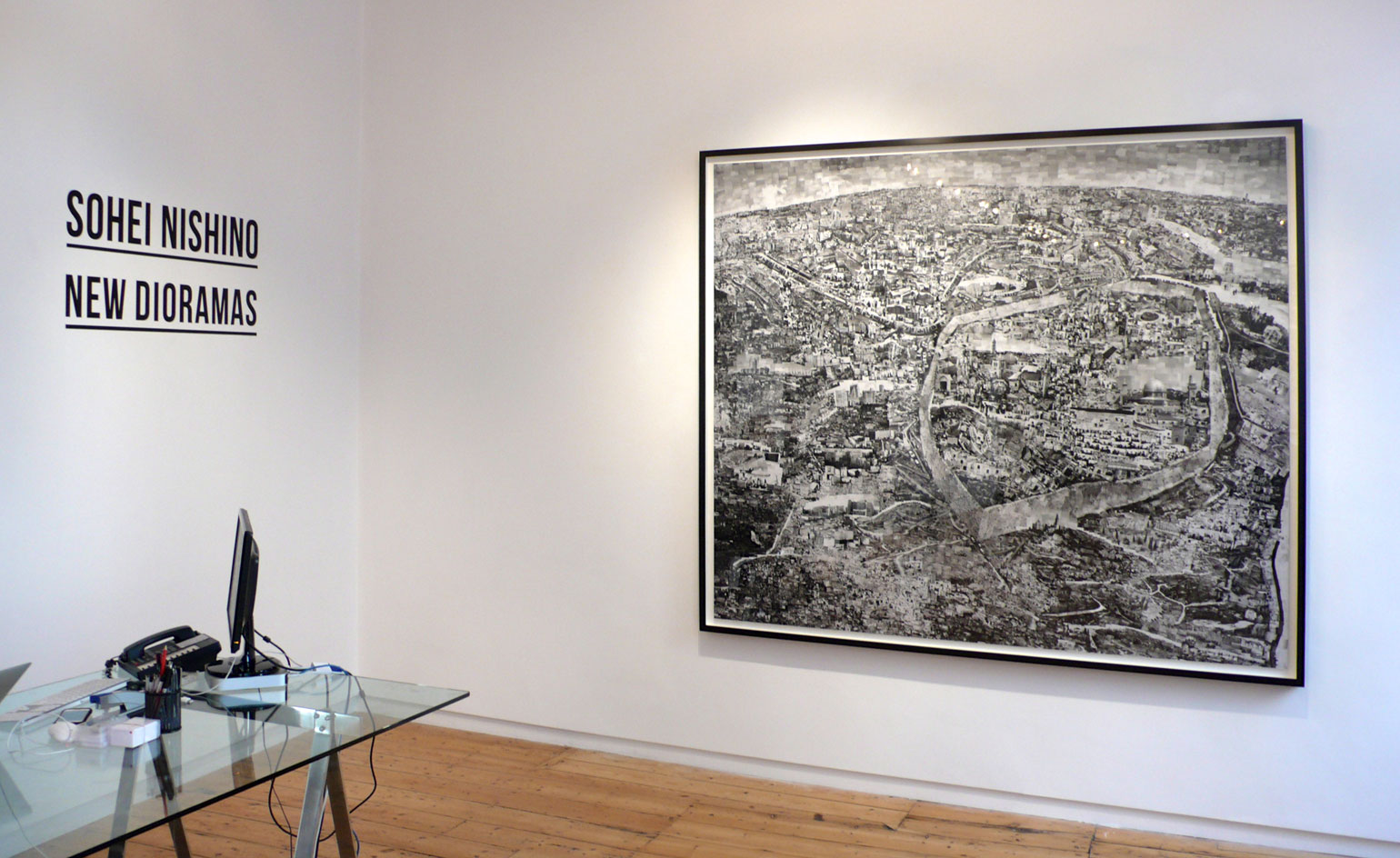
If you haven't seen the world's cities as mapped by artist-cartographer Sohei Nishino, now's your chance. Nishino's highly detailed 'Dioramas', maps of some of the world's most diverse urban centres, from Tokyo to New York, were first shown in London in 2011 and amazed everyone from critics to children.
His photographic collages were made from memory with thousands of cut-out snapshots taken in all corners and from all angles of the city. Nishino delighted in the textures, shapes and faces he witnessed, from rivers to big skies, markets to nightclubs, posers to zoo animals, views from skyscrapers and minute details.
Nearly four years and tens of thousands of snapshots later, Nishino's second London show features Berlin, New Delhi, Amsterdam, Jerusalem, Rio de Janeiro, Bern and Tokyo (again, on a much grander scale). All the work has been meticulously crafted by Nishino himself. Not only does he walk the cities alone for six weeks at a time, he uses 35mm film and hand-prints up to 4,000 photographs before he begins each collage.
Up to 2.4m by 1.8m in scale, the results are so full of detail, you must be right up close to read them properly - indeed some pieces require a stepladder for proper immersion.
We caught up with Sohei Nishino to find out why these voyages of discovery are so meticulously crafted, and what keeps him interested in the long process...
Wallpaper*: How does the process begin, right from when you decide which city to photograph?
Sohei Nishino: I go to cities I'm interested in. There's no political agenda. I'm only interested in big cities because people are constantly moving in and out, and it's that kind of movement and energy that interests me. It's important not to do too much preparation. I just let myself rely on the experience of walking – it's the accidental, coincidental elements that make it interesting. Then once I'm home I continue the journey of discovery in the darkroom.
W*: If you're taking as many as 10,000 photographs, you must witness all sorts of improbable things? Have you ever spotted something unlikely, like a murder?
SN: Not that I know of. But I do like the personal moments that unfold when you interact in urban spaces with a camera. In Jerusalem, for example, I saw a security guard, a real tough guy, who posed for me. But when he turned around he stepped in a bucket of paint. That was really funny, and I put it in. There's definitely a diary element to the maps. Actually, when I show them to the public, I feel like I'm showing my naked body.
W*: How has the process changed over the years, and how do you keep yourself interested in it?
SN: I used to concentrate on architecture and landscape. Now I've become more interested in people, and more comfortable photographing them too. At the beginning I walked for two weeks. Now I stay for six, so I have time to talk to people. It's a very different experience. It's never boring because I'm always changing and watching my internal response to the environment.
W*: I noticed in the Red Light District of Amsterdam you chose to blur the shots, though everywhere else is sharp. Was that a stylistic choice?
SN: Actually, I asked some of the girls on display if I could photograph them, but they quoted me an inordinate amount of money. I had no choice - I went away and made a hole in my pocket and hid the camera inside. So, yes, they were blurry. But I often do make stylistic choices like that. In Tokyo's Kabukicho district, for example, I took the pictures at night instead of in daylight because the neon street signs are a really impressive characteristic of the area.
W*: You've said you're not interested in making a map that is practical or useful. Why is that?
SN: Maps are ubiquitous nowadays. We all use Google but we no longer really look at maps. I've always been interested in the 18th-century Japanese cartographer Inō Tadataka. Old maps were more like portraits back then. People read them, had a dialogue with them. They captured diagrammatic characteristics, like mountains or symbols. They were also subjective. Distance, size - these are such personal things when you think about it. All people perceive them differently. You could say I'm obsessed with finding my own inner scale.
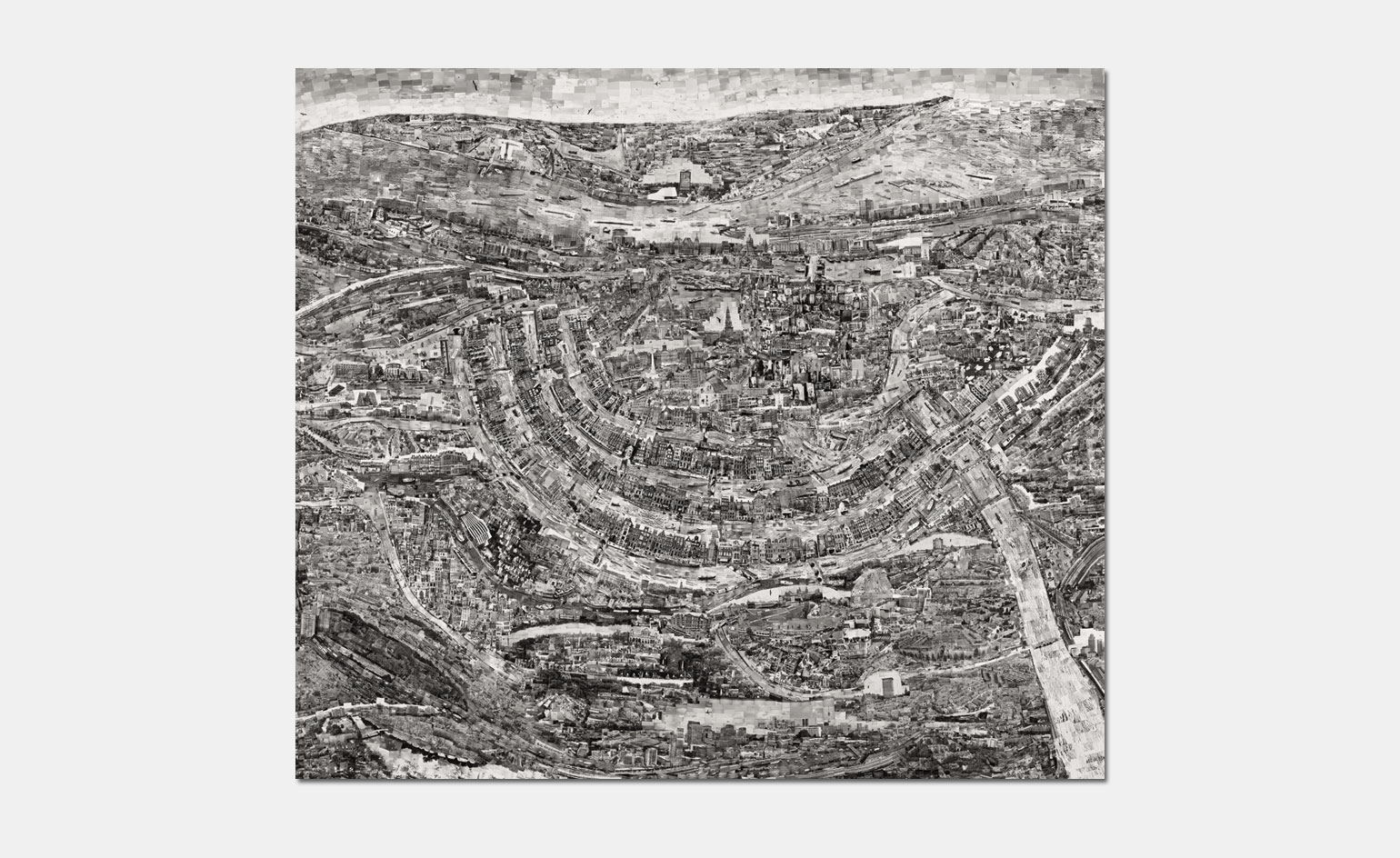
'Diorama Map Amsterdam', 2014. His photographic collages are made from memory with thousands of cut-out snapshots taken in all corners and from all angles of the city. © Sohei Nishino. Courtesy of Michael Hoppen Gallery

Detail of 'Diorama Map Amsterdam', 2014, with the EYE Film Institute Netherlands pictured centre. Up to 2.4m by 1.8m in scale, the results are so full of detail, you must be right up close to read them properly. © Sohei Nishino. Courtesy of Michael Hoppen Gallery
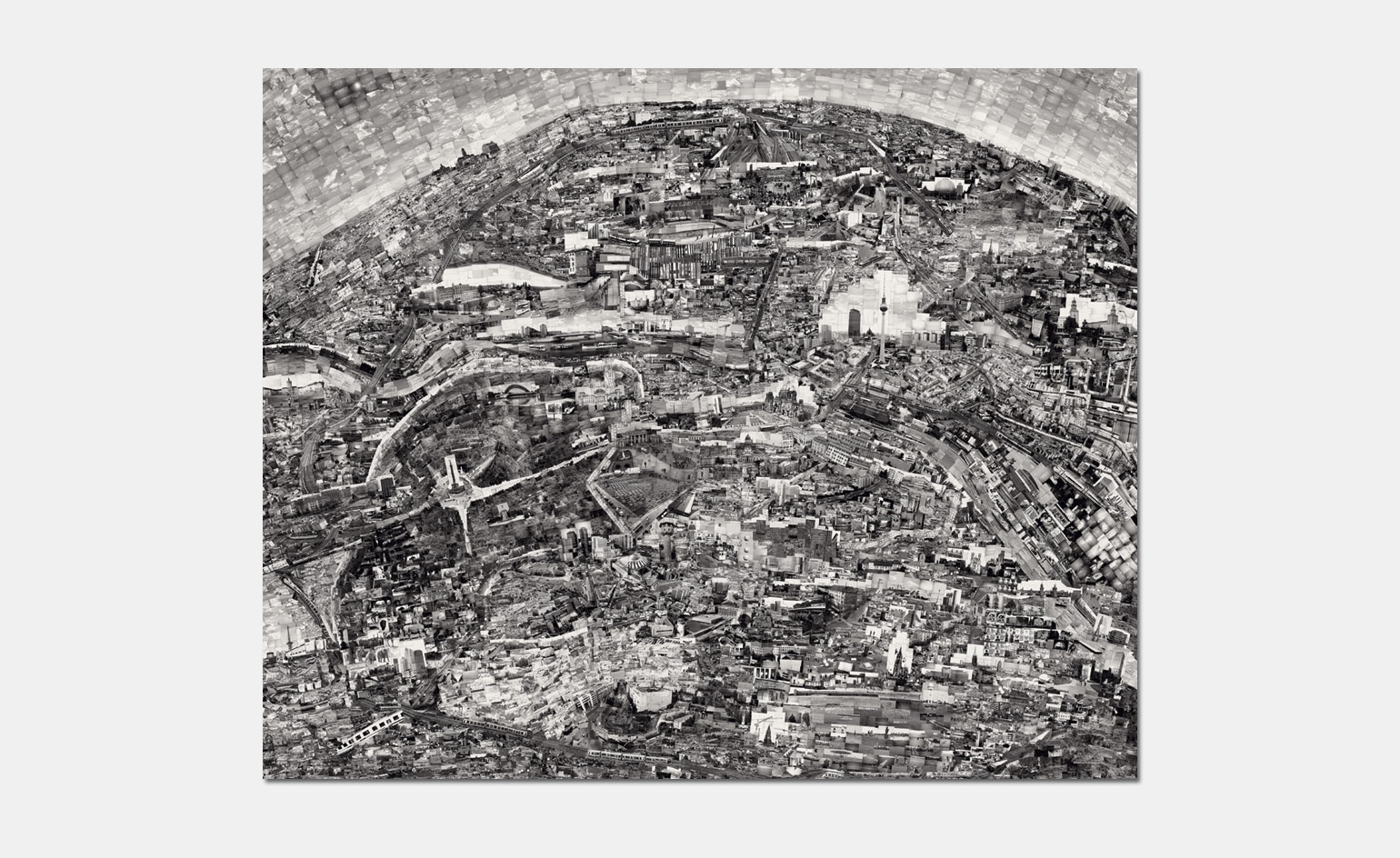
'Diorama Map Berlin', 2012. © Sohei Nishino. Courtesy of Michael Hoppen Gallery

Detail of the Berliner Dom in 'Diorama Map Berlin', 2012. © Sohei Nishino. Courtesy of Michael Hoppen Gallery
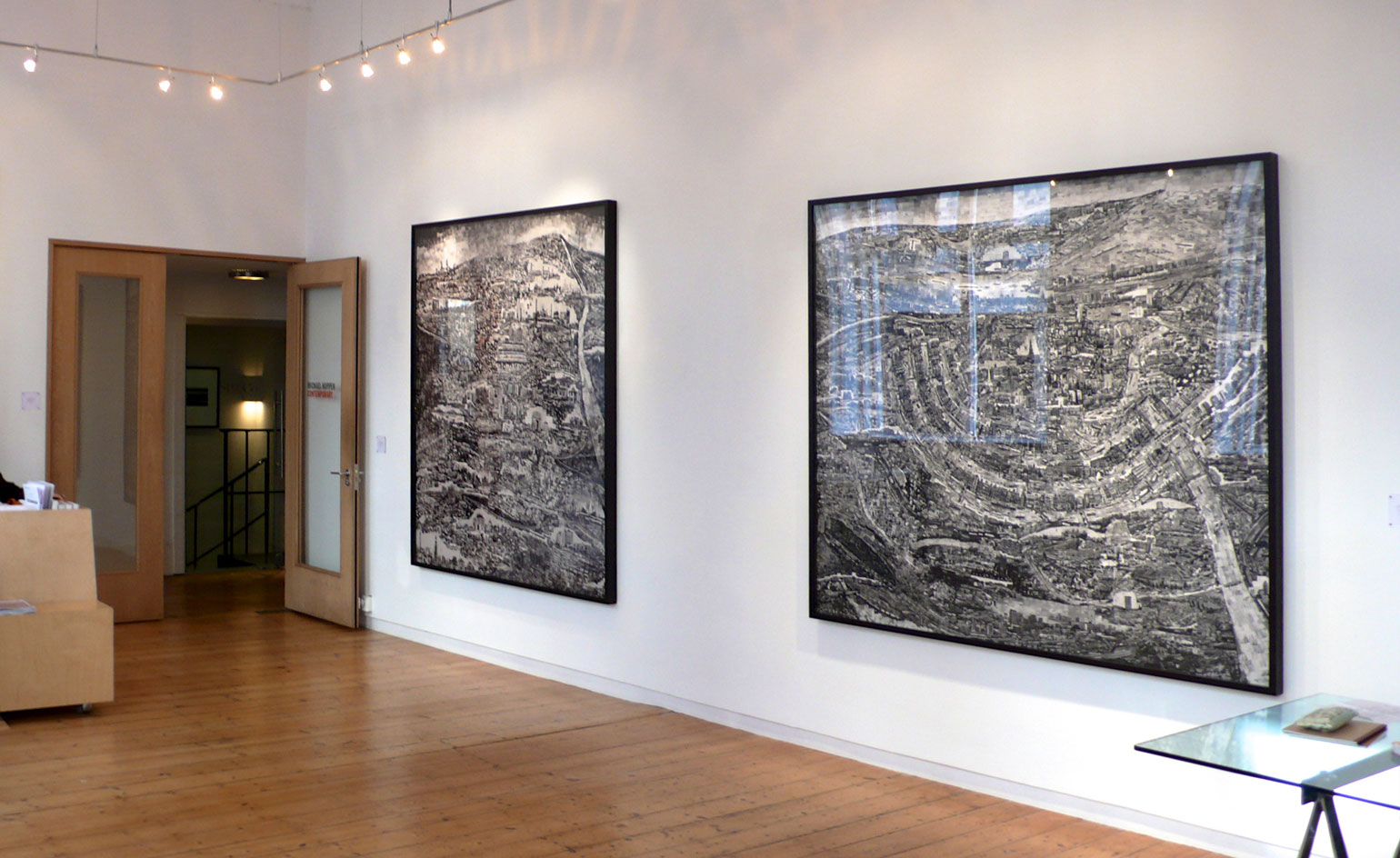
Nishino delights in the textures, shapes and faces he witnessed, from rivers to big skies, markets to nightclubs, posers to zoo animals, views from skyscrapers and minute details. © Sohei Nishino. Courtesy of Michael Hoppen Gallery

Up to 2.4m by 1.8m in scale, the results are so full of detail, you must be right up close to read them properly. © Sohei Nishino. Courtesy of Michael Hoppen Gallery
ADDRESS
Michael Hoppen Contemporary
3 Jubilee Place
London SW3 3TD
Wallpaper* Newsletter
Receive our daily digest of inspiration, escapism and design stories from around the world direct to your inbox.
-
 Naoto Fukasawa sparks children’s imaginations with play sculptures
Naoto Fukasawa sparks children’s imaginations with play sculpturesThe Japanese designer creates an intuitive series of bold play sculptures, designed to spark children’s desire to play without thinking
By Danielle Demetriou
-
 Japan in Milan! See the highlights of Japanese design at Milan Design Week 2025
Japan in Milan! See the highlights of Japanese design at Milan Design Week 2025At Milan Design Week 2025 Japanese craftsmanship was a front runner with an array of projects in the spotlight. Here are some of our highlights
By Danielle Demetriou
-
 Tour the best contemporary tea houses around the world
Tour the best contemporary tea houses around the worldCelebrate the world’s most unique tea houses, from Melbourne to Stockholm, with a new book by Wallpaper’s Léa Teuscher
By Léa Teuscher
-
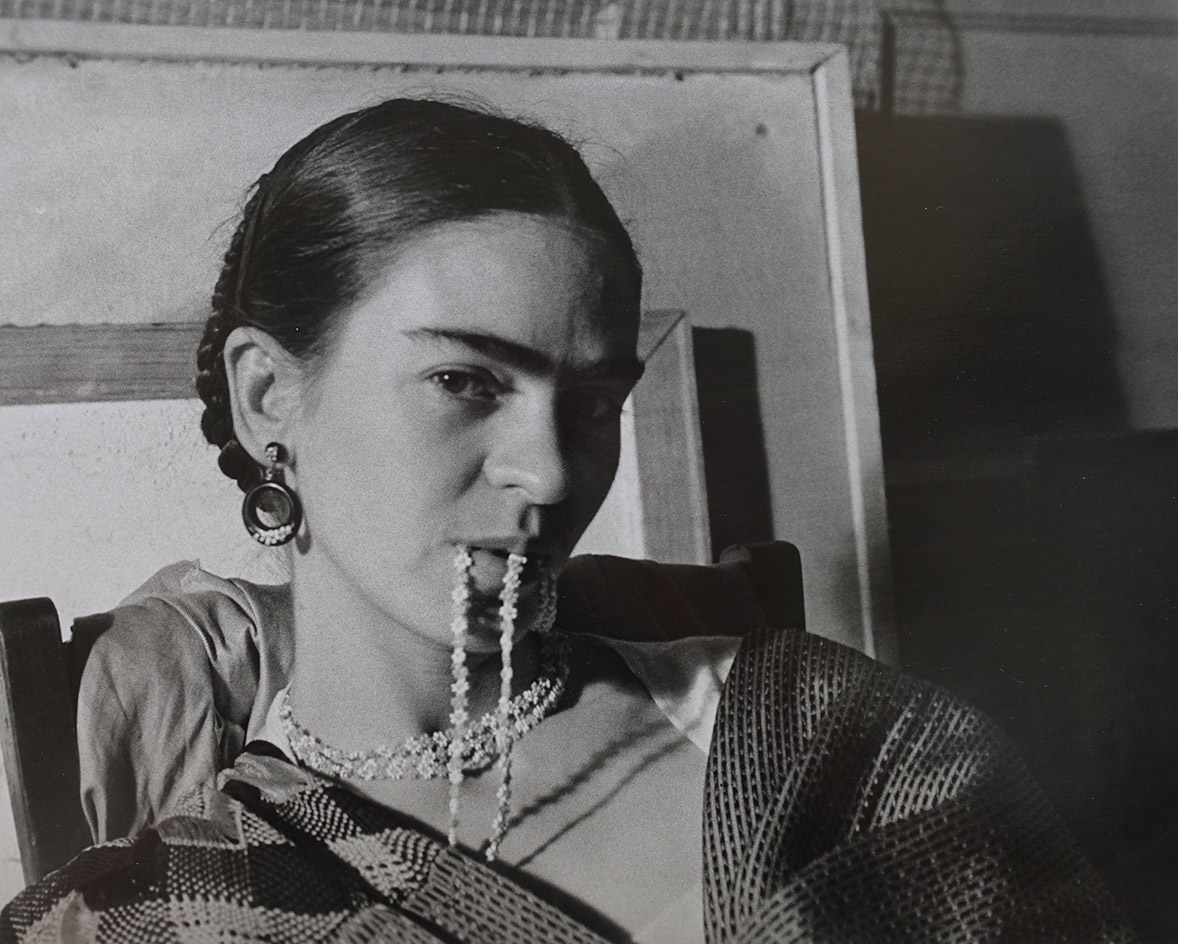 Frida Kahlo: intimate photographs show the artist in her element
Frida Kahlo: intimate photographs show the artist in her elementBy Charlotte Jansen
-
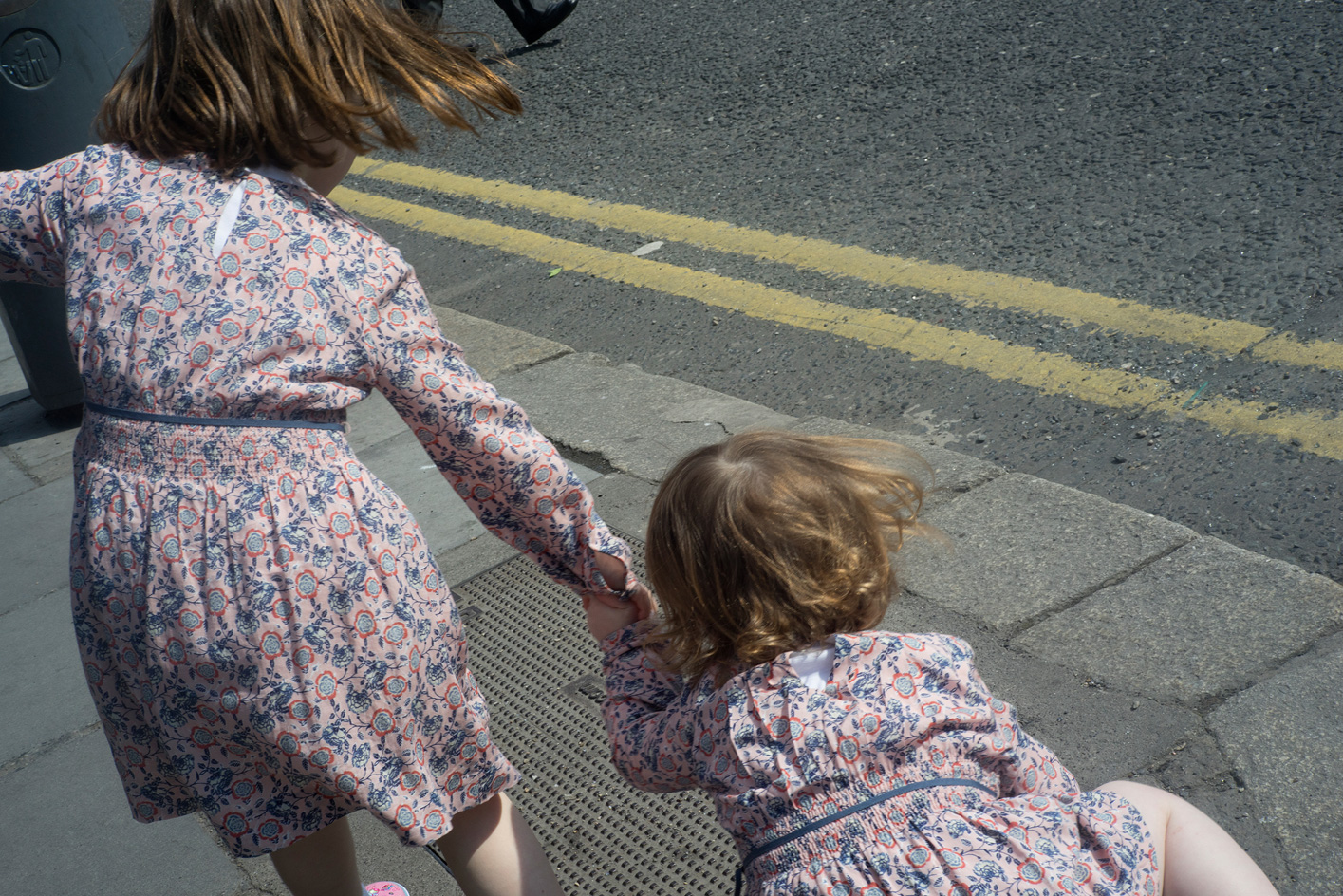 Neighbourhood watch: Eamonn Doyle hones in on Dublin’s streets
Neighbourhood watch: Eamonn Doyle hones in on Dublin’s streetsBy Jessica Klingelfuss
-
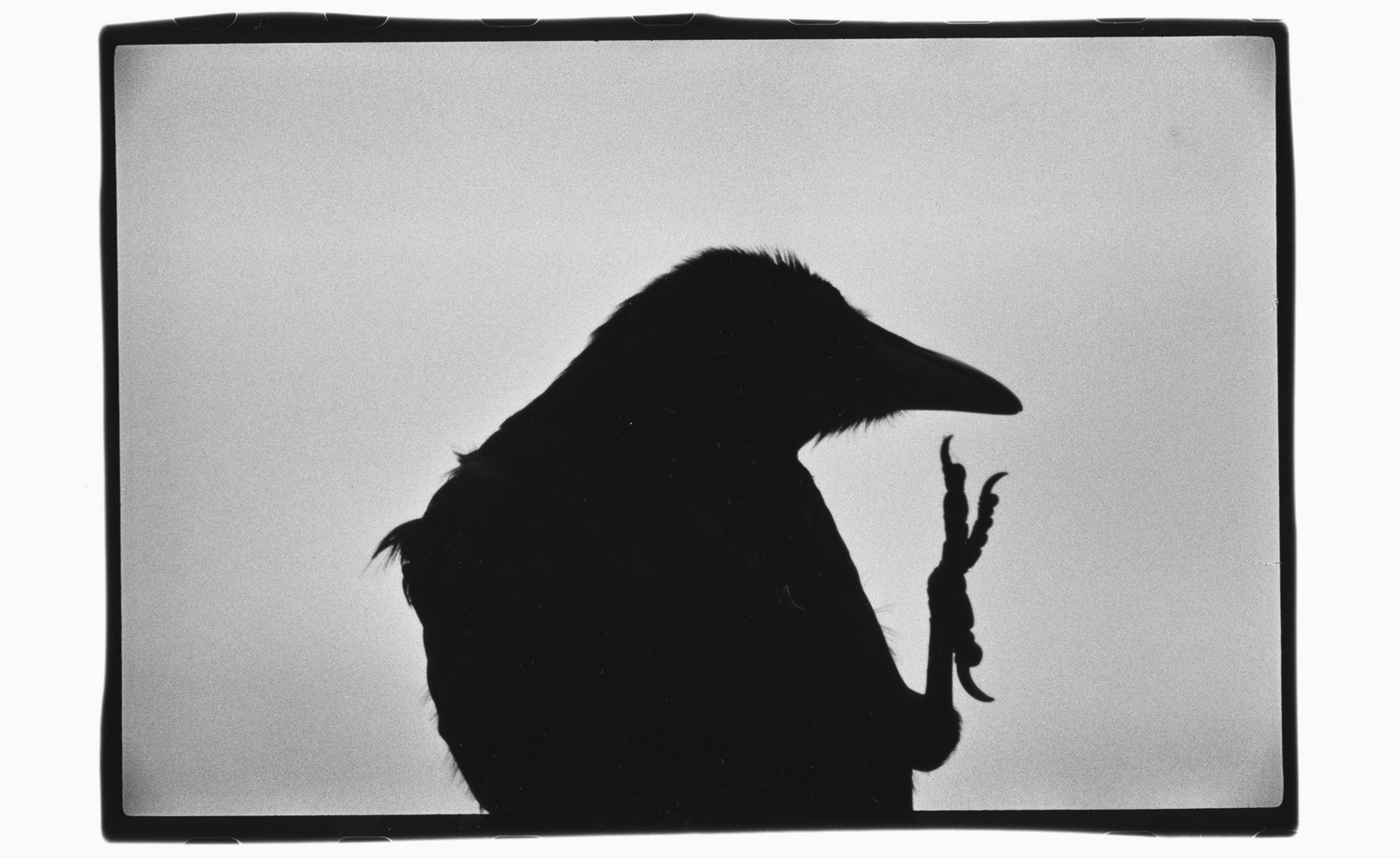 Masahisa Fukase and the sorrow of lost love, solitude and death
Masahisa Fukase and the sorrow of lost love, solitude and deathBy Jessica Klingelfuss
-
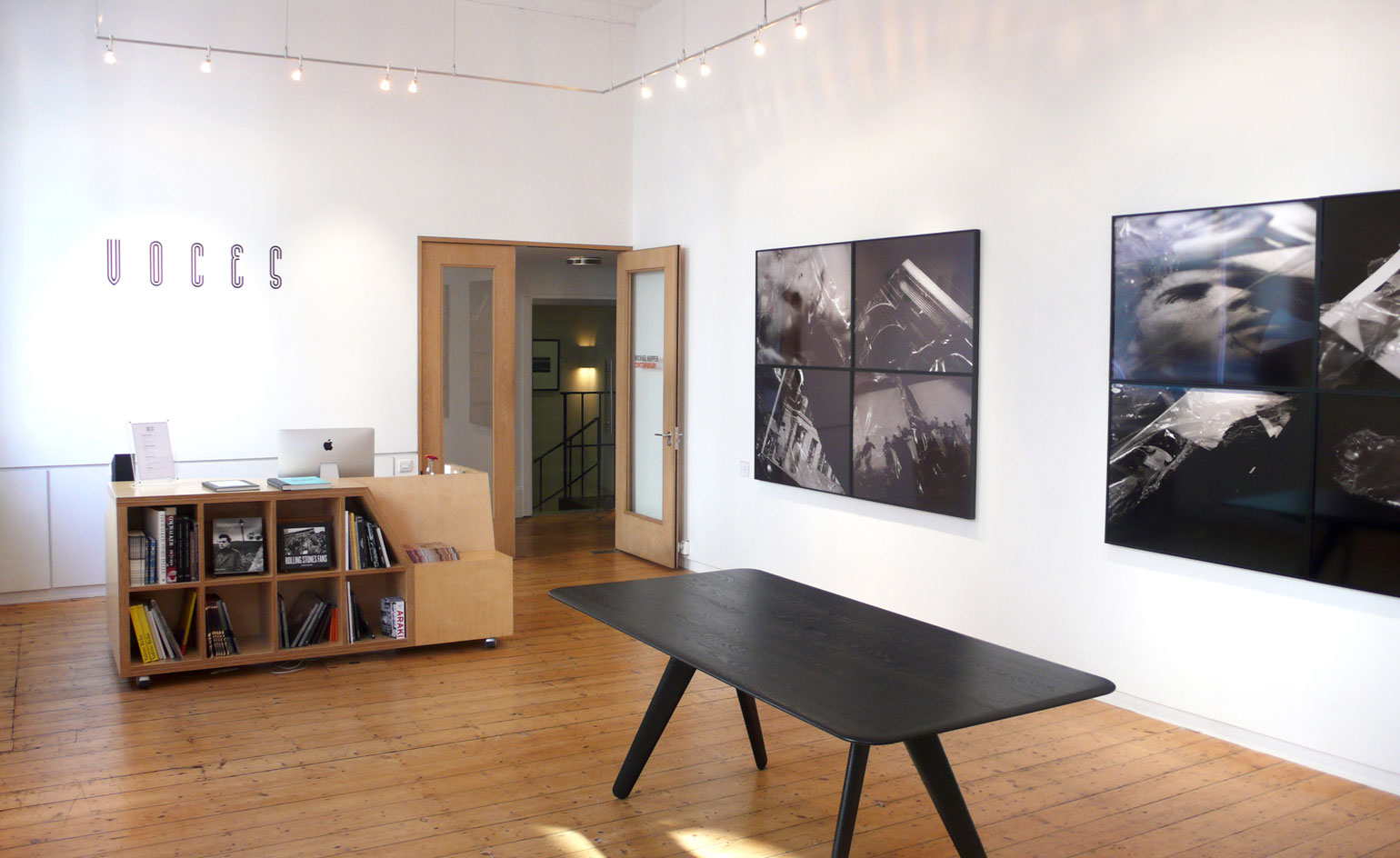 Record and trace: 'Voces: Latin American Photography' at Michael Hoppen gallery
Record and trace: 'Voces: Latin American Photography' at Michael Hoppen galleryBy Nick Compton
-
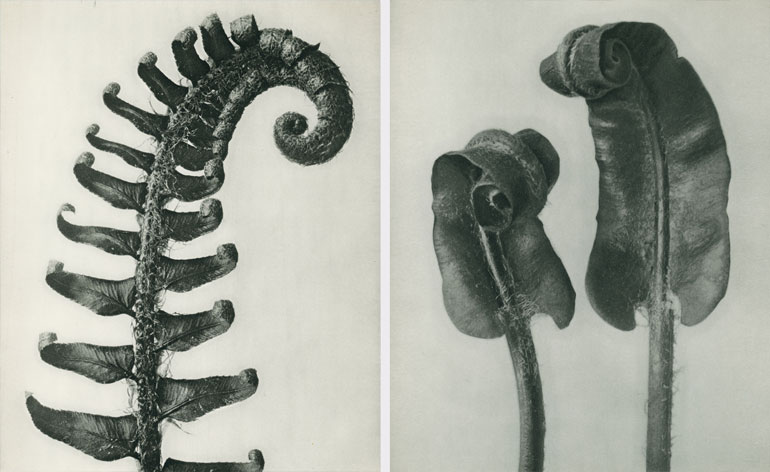 Wonders of nature: Michael Hoppen Gallery debuts an online collection of works by Karl Blossfeldt
Wonders of nature: Michael Hoppen Gallery debuts an online collection of works by Karl BlossfeldtBy Ali Morris
-
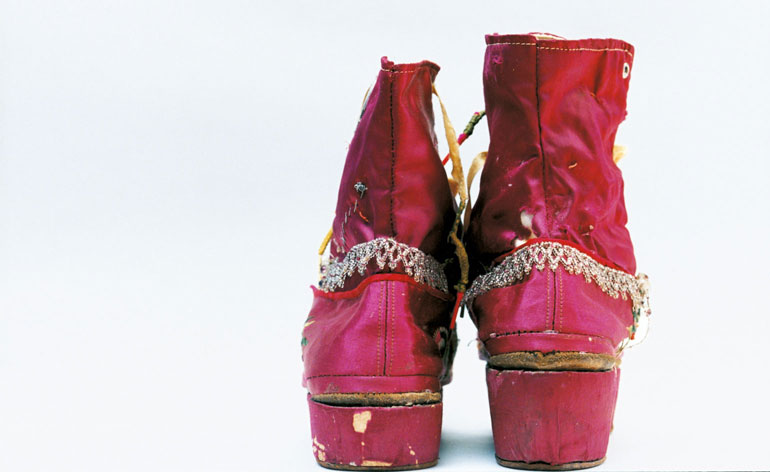 The photographer who captured the defiant beauty of Frida Kahlo’s closet
The photographer who captured the defiant beauty of Frida Kahlo’s closetBy Nick Compton
-
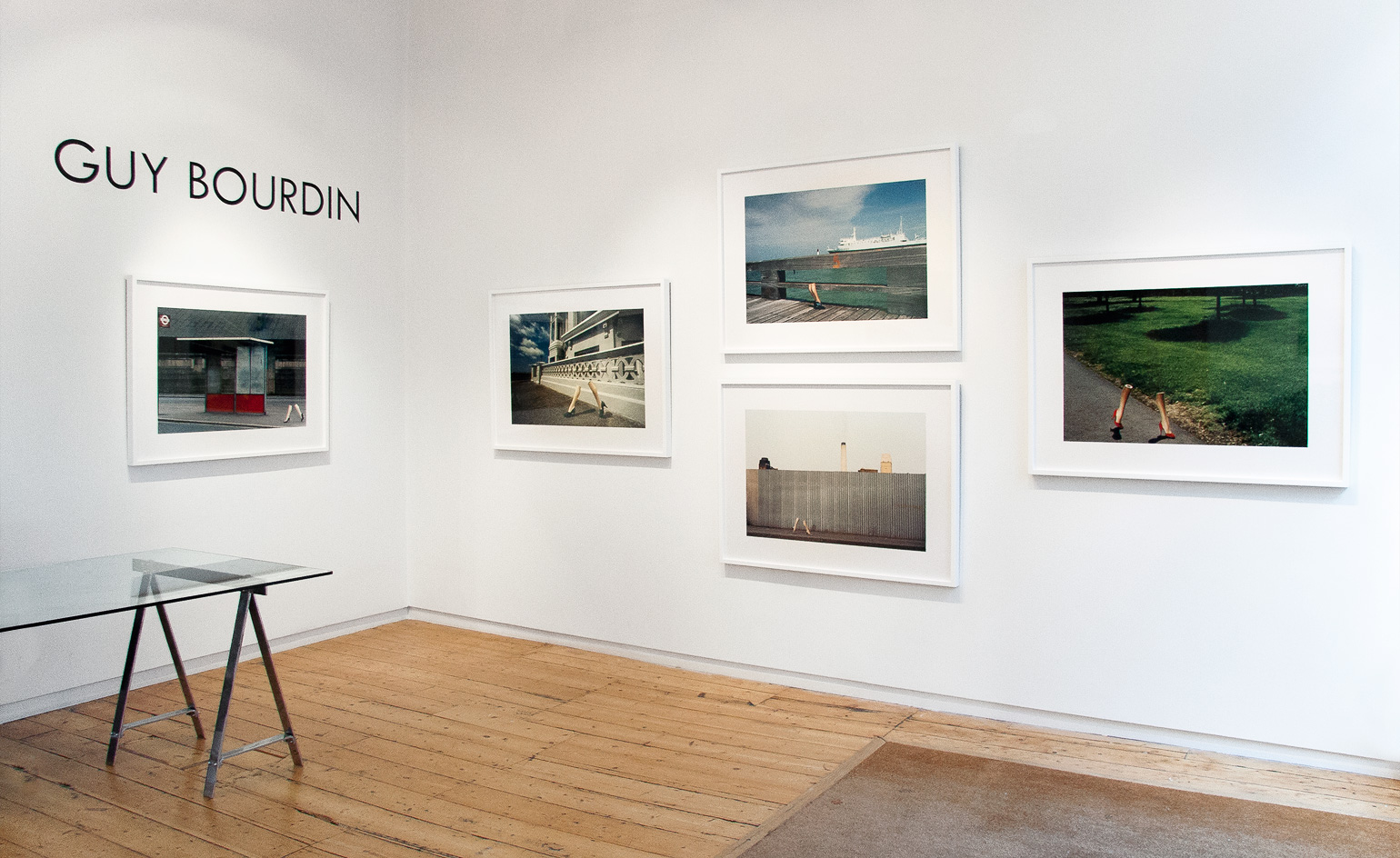 Guy Bourdin's 'Walking Legs' go on show at Michael Hoppen Gallery
Guy Bourdin's 'Walking Legs' go on show at Michael Hoppen GalleryBy Jessica Klingelfuss
-
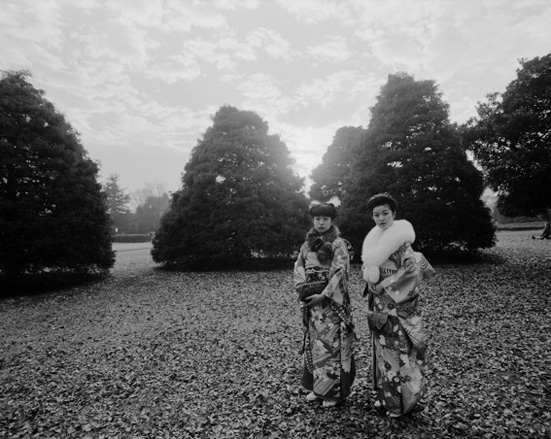 Nobuyoshi Araki explores the beauty of Japanese bondage and flower arranging
Nobuyoshi Araki explores the beauty of Japanese bondage and flower arrangingBy Jessica Klingelfuss